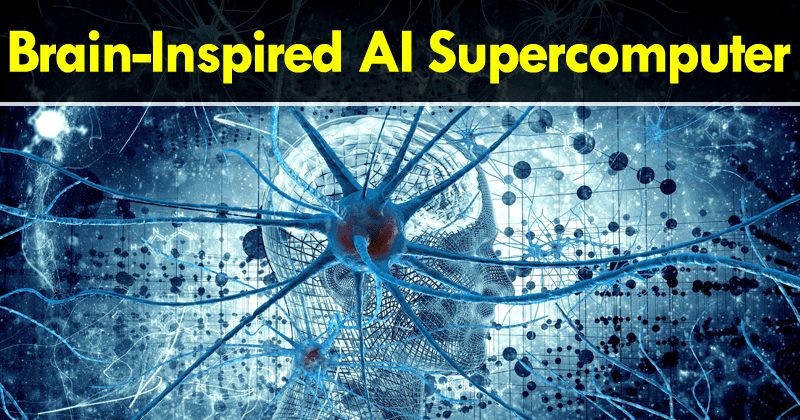The supercomputer system will be scalable and will have an end-to-end software ecosystem that will enable both deep neural network learning and information discovery. Its sensory processing power will be equivalent to 64 million neurons and 16 million synapses, which will allow it to be much more efficient than systems powered by conventional chips. This system fits into a 4U rack space, in a standard server rack, and eight of these systems will allow an unprecedented scale of 512 million neurons per rack. A single processor is made up of 5.4 million transistors organized in 4,096 neuronal nuclei that create an array of one million digital neurons that communicate with each other through 256 million electrical synapses. The new TrueNorth neurosynaptic system can interpret data from multiple sensors, such as images or video, into symbols in real time and efficiently. The AFRL (The United States Air Force Research Laboratory) will combine these perceptual abilities similar to those of the human brain with the symbol processing qualities of traditional computer systems. The large scale of the system will allow both data parallelism, which is a programming paradigm where multiple data sources can be run in parallel against the same neural network, as well as model parallelism, in which the independent neural networks form a Set that can be executed in parallel on the same data. As for its practical applications, the new supercomputing system being developed by IBM and The AFRL (The United States Air Force Research Laboratory) will be used to obtain new computing capabilities that enable the exploration, prototyping, and demonstration of high impact technologies of the Air Force. So, what do you think about this new Brain-Inspired AI Supercomputer System? Simply share your views and thoughts in the comment section below.
Δ


